A ‘tree top’ view, versus a ‘nose pressed against the tree’ view changes the way we construct our understanding of the world. This may be no surprise. However, the fact that it substantially changes the way we behave, and does this without much (or any) cognitive recognition, is less well recognised and subsequently much more of a trapdoor than we may think.
What effect does it have?
It seems even known hypothetical adjustments to the calendar-scale make cognitively unrecognised changes to our perception of the world.
In a slightly recursive sense, this tells us that climate salience is high around events which are themselves climate created.
Do actions lead salience? Or can we tweak its evocation?
Pahl gives us a lovely pen-portrait of this effect using the example of asking someone about a meeting in relation to when it happened:
- – Yesterday: one would hear descriptions such as finalising presentation, arranging teaching for start of term, packing bag, navigating unfamiliar city (low level construal)
- – Six months ago: one would hear descriptions such as inspiring talks, meeting colleagues in the field, discussing new ideas, travelling to exciting places (high level construal)
This sounds a lot like the problems of engaging people with pension planning, doesn’t it?
Over in New York an agency called Droga5 manage the Prudential marketing account.
Executive Creative Director Ted Royer says
“Retirement is a scary thing. And if we face it with real, stark honesty and not sugarcoat it by showing people on sailboats sailing off into the sunset–fake images that they couldn’t live up to–I think we can get a lot more done…”
which makes a lot of sense. It is scary. Showing stock-shots of aspirations unattainable turns people off.
He goes on to say
“It [retirement] just had to be framed in a truly honest, conversational way.”
This is true to an extent. From a social psychology position, retirement needs to be presented – so as to be viewed – as close to the ‘point of zero distance’ as it can be in order to cast it in the ‘how’ which creates action. (And of course, what is marketing without action?) However, by-hook-or-by-crook one outcome of communicating in an “honest, conversational way” is to bring us close to the point of zero distance.
The campaign – actually – works really well in this sense. It is called Prudential Day One. Have a look at the opening TV ad
This spawned many stories of retirement. Many versions – long-form, personal versions – on youtube.
As much as I am focussing on construal – or evoking recognition at the point of zero distance – there’s some great advantage showing multiple ‘stories’ because prevalence drives behaviour by defining the norm. I have written about this
– here, ‘Mirror mirror on the wall‘
– here ‘Bin recycling: communications‘
– and here ‘Dead norms – the media informs our choice in way they don’t realise. (And nor do we.)‘
While Prudential were helping people retire – and the ads expressed the stark reality of such – what the work really did was to make the construal proximal; was to make the moment salient, and ‘now’. So, much like asking for consideration of droughts in the present makes them seem more likely, Prudential asking for consideration of retirement in the present, makes it seem more likely and gets us thinking ‘how’, not ‘why’.
This is where Pahl found the most immediate response, as much as Droga5 did.
And this is where we find the point of zero distance. Are you looking there, too?
For more on this speak with us, or have a look at our capabilities
Also, as co-founders and supporters of the London Behavioural Economics Network, join the Meetup group and Facebook group for more details and events
Related Posts
August 13, 2023
Money (but not called that, and how it changes behaviour).
Advertising agencies make a lot of…
August 1, 2023
Reading ease is not as easy as all that – comprehension shows the way
It's easy to make text readable, right?…
July 20, 2023
The ‘Hollywood hello’ – and the importance of context when communicating
When communicating we all like to be as…




